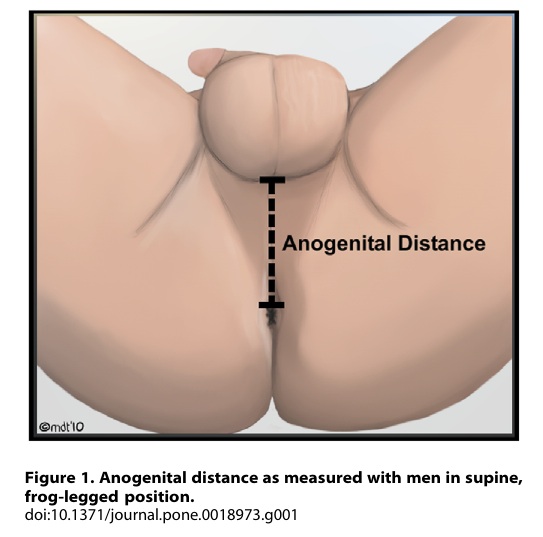Holy scrotum Batman!
Get a ruler out right now and shove it up your arse! Well not exactly up it, but line it up from arsehole to ballbag and measure it. Why? Well it seems those incredible boffins have found out that the distance between your anus and your scrotum can determine your sperm quality! Really! As if we didn’t have enough to worry about!
It makes you wonder who’s idea this was and how the hell something like this actually happens. And how these very serious scientists manage to keep a straight face. The researcher, female, was there fumbling around under the scrotums and around the ring pieces of strapping 19 year-old college students, all in the name of science. Science right good doctor? Yeah, uhuh… Hmmm.. in that case I wonder if the same hypothesis would be true for girls? Maybe I should help advance fertility research a bit and set up a similar pussy to butthole measuring experiment for saucy 19 year-old college students and see what results I get (other than a boner!)
Semen Simon
Short Anus to Scrotum Length Predicts Poor Sperm Count
7-fold Higher Risk of Low Sperm Count With Below Average Anogenital Distance
By Daniel J. DeNoon
WebMD Health News
March 9, 2011 — Men whose anus-to-scrotum distance is shorter than average are 7.3 times more likely to have low sperm counts than men with a longer anogenital distance.
The finding comes from Shanna Swan, PhD, of the University of Rochester, N.Y., and colleagues. In earlier studies, Swan found that pregnant animals exposed to phthalates — commonly used chemicals suspected of hormone-disrupting effects — had infertile male offspring with short anogenital distance.
In a 2005 study, Swan’s team found that male infants with prenatal exposure to phthalates had decreased anogenital distance.
In their current study, the researchers found poor sperm quality in men with short anus-to-scrotum distance. They tended to have low sperm counts, low sperm motility, low sperm concentration, poor sperm morphology, and low total mobile sperm count.
“The associations we observed between these sperm parameters and anogenital distance were stronger than those for most [other factors] known to be associated with semen quality,” Swan and colleagues note. “If our results are confirmed, anogenital distance may provide a useful adjunct to these traditional measures of male reproductive function.”
Swan’s team studied 126 young men (most were 19 years old) who volunteered for the Rochester Young Men’s Study. Their anogenital distance was measured in two ways: from the center of the anus to the base of the scrotum, or from the center of the anus to the top of the penis at the point where it intersects with the abdomen. Only the scrotal measure turned out to be linked to subpar fertility.
One surprise from the study was that nearly a fourth of the young men in the study had low sperm counts.
Swan and colleagues did not report on whether the men’s mothers reported exposure to phthalates during pregnancy, and they did not report data on the men’s hormone levels.
“Poorer semen quality and shorter anogenital distance in adulthood may reflect a common origin, including a disruption of testicular development in utero,” they suggest.
Although there may be many reasons for this, they note, it “may be caused by exposure to endocrine-disrupting chemicals” in the womb.
Swan and colleagues report their findings in the March 4 online edition of Environmental Health Perspectives.




